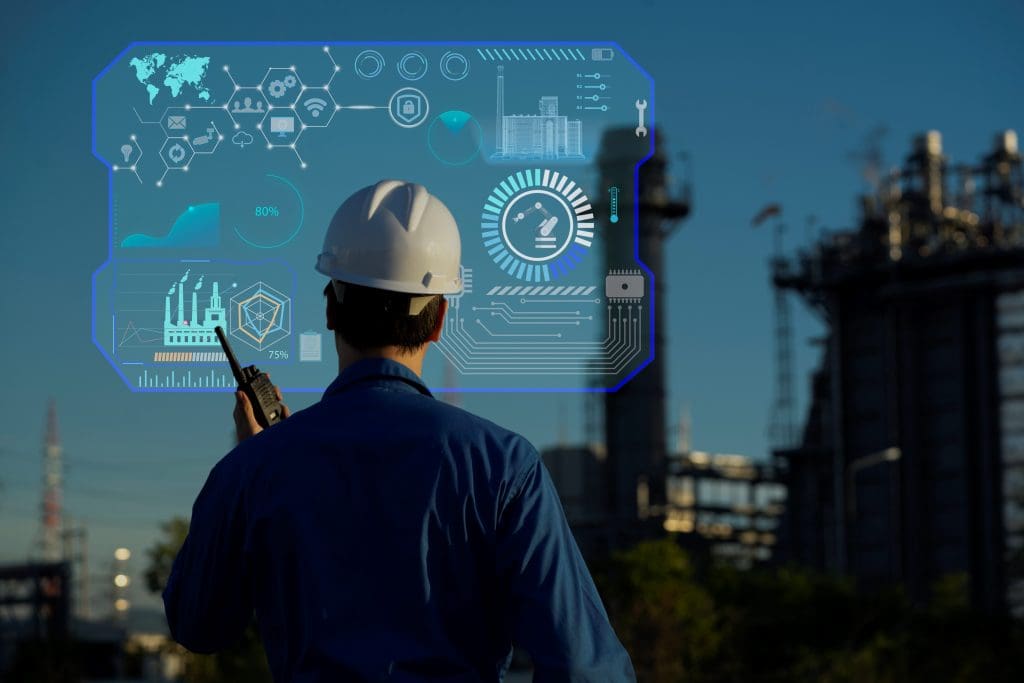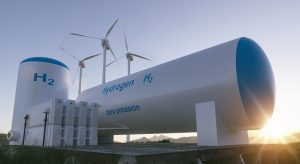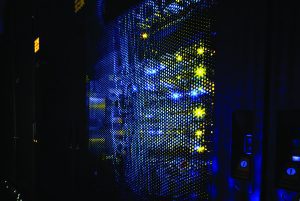Industry has historically focused on large-scale production of goods for consumption. The steam engines of the first industrial revolution, assembly lines of the second, automation in the third, and digital transformation of Industry 4.0 have each propelled us into a new era of productivity and progress. But in the rush toward productivity and progress, it’s easy to lose sight of the human element—the welfare of workers in process safety and our planet.

Today, we stand at the threshold of Industry 5.0, the focus shifting from pure efficiency and automation to a more human-centered approach. Industry 5.0 emphasizes collaboration between humans and technology, returning human creativity, adaptability, and decision-making to the forefront.
It’s a much-needed shift that brings new challenges for safety in a digital world—challenges that require flexible technologies to bridge the gap between the legacy workforce and a new generation of digital natives.
Industry 5.0: Bridging generational and digital divides
In process industries, there is a noticeable digital divide that goes beyond technology adoption. It reflects a growing knowledge gap between experienced professionals who have managed processes for decades and the incoming workforce, who often lack hands-on experience with traditional safety practices.
Further compounding this challenge, enrollment in process-focused fields like petroleum engineering has dropped by 75% over the past decade. As seasoned professionals retire, this leads to an increasingly depleted workforce, potentially leaving essential positions unfilled.
Therefore, it’s critical for industries to develop solutions that bridge legacy systems with adaptable, digitally intuitive technologies for the next generation.
A gradual approach to process safety in a digital world
The updated approach to safety must be scalable and flexible to meet the needs of seasoned operators and digital natives. The challenge is not simply implementing technology but transforming the workforce.
For these reasons, safety instrumented systems should start incrementally, with manageable solutions that build familiarity and confidence among users. These solutions offer a practical starting point, allowing companies to integrate new technology without disrupting their established safety practices. Over time, organizations can scale up to more advanced tools to expand their predictive and data-driven safety capabilities as needs evolve.
Safety and digital transformation: the power of predictive data
The potential of data to enhance safety is far-reaching. Digital platforms and data-driven insights enable companies to transition from reactive to predictive safety management.
However, adopting artificial technology (AI) and machine learning (ML) in safety requires careful oversight to ensure these technologies complement human judgment.
For instance, while AI may suggest adjustments to optimize production, human oversight ensures these changes remain within safe operating parameters to protect workers and assets. This balancing act is critical, especially as industries begin to integrate digital intelligence into core safety processes.
Designing for the future: flexible technology for digital natives
Industry 5.0 also brings a need for digitally native safety systems—purpose-built to integrate seamlessly with digital tools and data analytics platforms—that align with the skills and expectations of incoming digital natives. For example, flexible solutions like EcoStruxure™ Tricon CX provide data accessibility and analytical tools that appeal to digital-first thinkers, making safety systems more engaging and intuitive.
By embedding these digital capabilities into safety platforms, companies can attract and retain a new generation of workers. They also ensure these systems are future-ready, designed to meet evolving operational demands over the next 20 to 30 years.
Digitally native systems also improve operational safety and facilitate smoother transitions between legacy systems and new technologies. This kind of adaptability is crucial in an era when safety solutions must serve professionals across the experience spectrum.
Embracing Industry 5.0: our safety-first approach
Digital transformation can’t happen unless human transformation comes alongside it. It’s important to remember this, as the shift to Industry 5.0 honors the expertise of seasoned workers while appealing to the skills and expectations of new talent.
By prioritizing flexible, scalable safety solutions, companies can foster an environment where technology and human ingenuity complement each other. The result is a safety culture that evolves with the demands of the digital age. And it occurs without compromising the core principles of protecting people, assets, and the environment.
Ready to future-proof your safety approach? Discover how EcoStruxure™ Tricon CX empowers safety teams to thrive in the digital era.




Add a comment